|
I love to paint. Its so rewarding to see such big changes take place as you brush & roll! Changes that last! When you cook . . . its eaten up quickly. When you do laundry . . . it just piles back up within a day or two. When you tidy up and clean . . . that doesn't last long, either. Oh, but when you paint . . . you are DONE! But, I don't just slap on any ole paint with any ole tools. I believe in a job well done.
I have added a section at the very end of this post that deals with problem walls and my solutions. But for now, lets just continue on with our 'normal' walls, shall we?
My painting tools:
I love the Handy Paint Cup and Wooster Shortcut brush for cutting in. I have tried other brushes and they simply do not do the job like the Wooster Shortcut. This brush holds a good amount of paint and is easy to manipulate eliminating the need for painter's tape. The rubber handle fits nicely in the crook of your hand between the thumb and first finger and I find I don't get a hand cramp because of this flexible handle. The Handy Paint Cup fits comfortably in my hand and the magnet inside the rim at the top holds the brush in place when climbing up and down the ladder.
Here's a little video showing/explaining the tools mentioned above and showing you how I cut in.
Now on to the paint I just had the pleasure to use for the first time, as you just viewed in the video. Through my part-time job at Kent Building Supplies in Moncton, NB, I met the local PPG rep, Linda. She is a sweetheart and through her, PPG sponsored this post by providing me with a gallon of Sico Muse paint.
For those of you that may not know, PPG is an enormous company with many 'children'. Sico, Porter Paints, Pittsburgh Paints, CIL, and Dulux are just some of PPG's kids. Kent Building Supplies carries Pittsburgh Paints and Sico. Sico Muse comes in two sheens . . . Soft Matte and Soft Gloss. Soft Matte is a super flat paint . . . the flattest of flat I was told. Soft Gloss is an eggshell sheen. You know how I love flat paint! Naturally, I chose Soft Matte. Why do I LOVE quality flat paint so much? Whether new or old, our homes' walls will have blemishes in the drywall. It could be from patch jobs showing or crap that got in the wet paint at some point in the past, you name it. Blemishes just happen. The more shine you choose in your paint finish, the more those blemishes will show as the bumps catch and bounce the light bringing attention to itself. Thus, flat paint hides these very well. Sheen choices in paint go in order like this: flat/matte, eggshell/velvet, pearl/satin, and semi-gloss. In the past, flat paint didn't have a good name as it didn't wash well and showed every little fingerprint and washed spot, etc. However, now we are blessed to be able to purchase flat paint that is scrubbable! This is only possible in the top-of-the-line paint. Sico says it best, so I quote, "Exclusive TOUCH RESIST TECHNOLOGY™: Exceptional burnish, marring and stain resistance, superior washability and excellent hiding power for outstanding richness and depth to wall colour".
This next video shows how I do the paint rolling. What I failed to say in the video, though, was WHY I roll that way. If I started rolling right next to the edge, then there would be a ridge of paint near the edge. By starting away and rolling back to the corner, it eliminates that. Going in a zig zag motion prevents roller lines from happening.
Please note: The paint splotches on the ceiling that you see was from previous paint jobs from before the house became mine. I do plan to repaint my ceiling in the near future. I will also blog about that, of course! :) Tip alert! If YOU have uneven paint lines between your ceiling and wall from previous paint jobs and don't plan to repaint your ceiling in the near future, it is best to just paint over those with your new paint colour so as not to have lines of different colours up there along the rim. It will be less noticeable to be all the same color. Just brush it off or roll with it. Pun intended! :)
As you may have read in previous posts, I have used Benjamin Moore Aura and loved it. I have used Dulux Diamond and loved it. I have also used PPG Manor Hall and liked that one, too. I was expecting another high quality paint, however, Sico Muse is not just another high quality paint. I was literally blown away! It is now my absolute favourite paint to date! Why?
Here is a picture after the first coat, while the paint is still wet. * Please excuse the mess.
And here is a picture after the second coat is done and everything has been put back. I took this picture with my cell phone, without the flash on, and no lights turned on. I wanted to show you the room that way so you can see the colour at its 'darkest'. The colour is PPG's colour "Greyhound" (PPG1008-3 is the colour number).
A few more tips for you:
For ANY crackfilling needs on your walls or ceiling, I highly recommend Dust Control Drywall Compound. I used to use that Dap stuff that goes on pink and dries white but this stuff beats that stuff all to pieces, in my opinion! The Dap, and any other drywall compound or crackfiller that I have used, sends dust into the air when you sand. Not Dust Control! With it, the sanding dust just falls directly to the floor! AND, it dries just as quickly and sand very easily and much more smoothly.
Problem Walls & Solutions
What about those walls that are supposed to be smooth but are as bumpy as a toad's back? Well, my parents' house had many walls fitting that description. Regular hand sanding did not do the trick. Those bumps were stuck like cement, it seemed. So, we hooked up my Milwaukee rotary sander to the shop vac and began sanding those walls in a jiffy. Um, you might want to duct-tape the connection between the sander and shop vac before you start. We were sanding away and didn't notice the connection had gotten pulled apart until the dust started flying! LOL. With both machines running loudly and full concentration on the job at hand . . . yeah, best duct-tape it before you start.
I hope you, my readers, enjoyed reading (and watching) this blog post. Thank you, PPG, for making this possible!
1 Comment
8/9/2022 02:10:31 am
Great! Thanks for sharing! C41H has to be one of Beta’s most selling Toolboxes. This roller cabinet tool trolley is easy to move, safe and secure.
Reply
Leave a Reply. |
Follow me!
Categories
All
Archives
April 2020
|
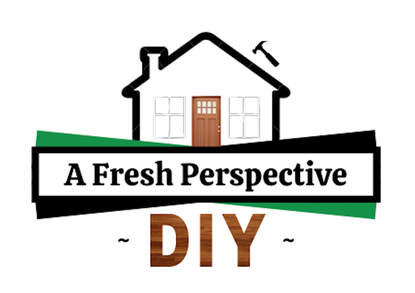
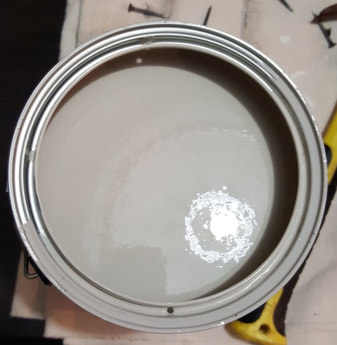
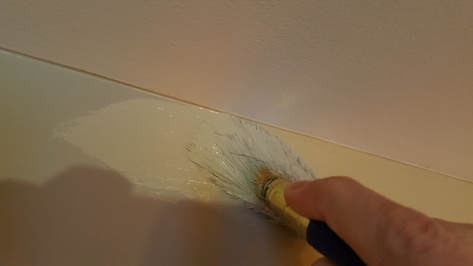
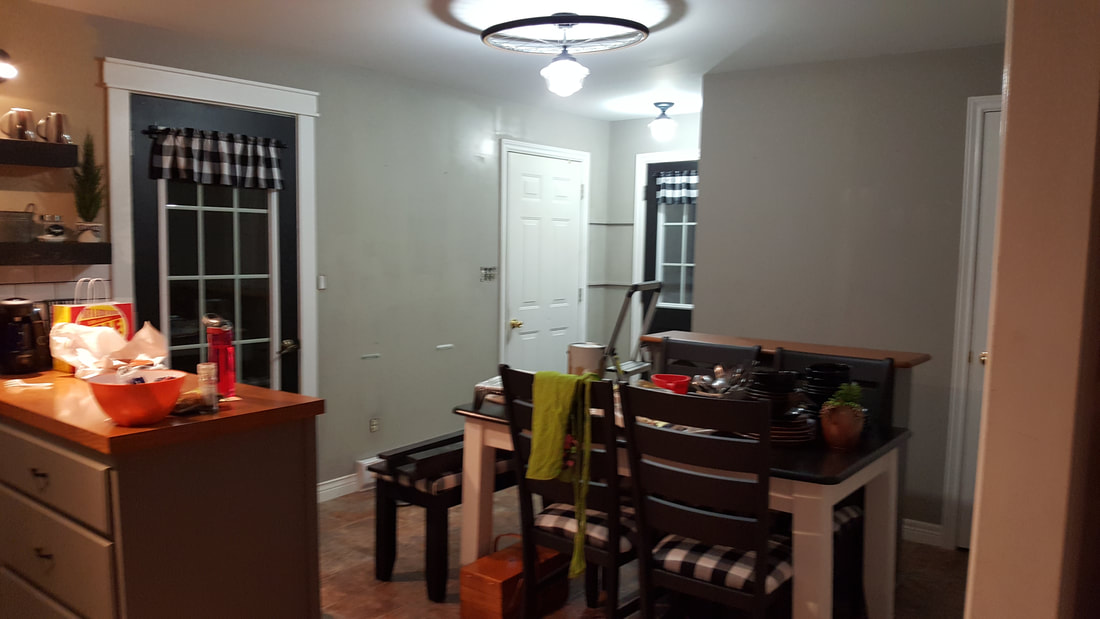
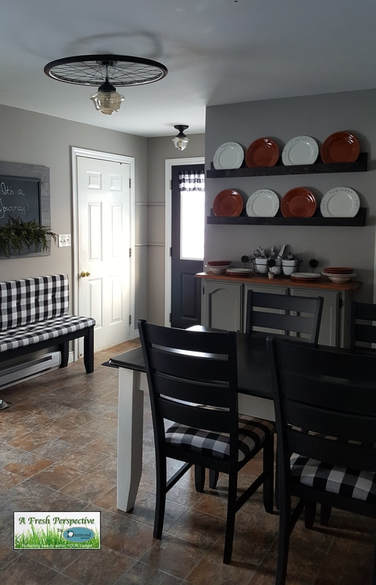


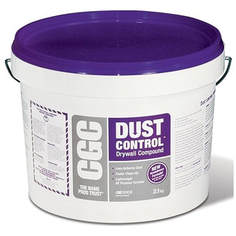

 RSS Feed
RSS Feed




